NFT ?! Crypto art & new hype: what is it? Buy, sell, exchanges and $ 69 million for 1 image
NFT Art – If there is a social trend at the moment, it is NFTs. Many talk about it, but very few have ever bought or sold NFTs on a marketplace. We were allowed to take an in-depth look at the topic of “digital art” or “crypto art” as part of a project. How do NFTs work? Do they have a future in the art market? How expensive is an NFT? Lots of questions, here are first answers with quick explanations (without many technical terms). But you will also find further links to the topic. Let’s start with NFT: “Non-fungible Tokens”.
NFT quickly explained: Digital art
Simply explained, NFT means digital art.
NFT is an abbreviation for “Non-fungible Token”. Translated, “non-substitutable token”. This is where it gets exciting, because “non-substitutable” makes digital art possible.
Problem solver Blockchain: Orginal identifiable
Blockchain (mostly Ethereum) – NFTs used an existing blockchain structure for this purpose. Ethereum is often used at the moment. Blockchain in turn means, simply explained, that information about transactions is stored. This is also exactly the crux of the matter. An object (in this case “token”) consists of a digital object whose history (transaction between owners) is documented.
Digital works have never been protectable because they are infinitely copyable and no one can trace their origin, “the first file of its kind,” so to speak.
- Digital object (in token)
- Transactions of the token documented to origin (blockchain)
- = NFT
Digital objects can be traded: NFT Stock Exchange
The blockchain solves this problem, thanks to transaction history. If an artist publishes an image or video in an NFT exchange (marketplace), everyone can see who is the creator of this artwork and also all future and past transactions (purchases and sales).
Say you owned the very first gif – what would it be worth today?
Let’s say that would own the first meme – what would it be worth today?
Notice:
NFT = Unique, digital object with transaction history (owner)
So it is like in the real world. Of course, there are numerous copies of masterpieces such as the Mona Lisa, the still there is only the one original in France, evidenced by the image and its accurate history.
If you want a more detailed explanation, including the background of blockchain, coins and tokens or non-functional tokens, click here:
- NFT: Explained – external
Immediately, of course, the next question arises, digital art, does that make sense?
Digital art, like physical art, is an investment. In theory, physical art also has no countervalue, except perhaps the material value. Value it gets only by measuring its value. Here’s a little comparison to cryptocurrency, the Bitcoin, from ten years ago everyone asked: does it make sense? Today, Bitcoins are in many portfolios, including those of investors and hedge funds.
69 million dollars for 1 digital artwork
The digital art market will develop, but is currently still in its infancy. In recent months, however, the topic has been attracting more and more attention. In the meantime, astronomical sums are being paid for digital works. The most blatant example to date is the auction of the work “5,000 Days” at Christie’s.
Auction at Christies – This digital artwork catapulted the artist into the top 3 richest living artists overnight. Christie’s auction house recognized the NFT trend and specifically went looking for artists who already owned digital artwork. This is how this gigantic work was created, which contains 5,000 images of an artist (1 artwork).
It was eventually auctioned off for $69 million.
This shows the development that digital art will take.
Emotions say more than 1,000 words! The artist Beeple during the auction:
Pictures often say more than a thousand words, so here are a few of the most successful projects so far:
Collections
Those who are already familiar with the art trade will learn a little novelty in the world of NFTs, collections. Such collections are usually computer-generated images, which are then issued in thousands of variants.
As well as seen in the example collections:
CryptoPunks: NFT Collection
Here also to see in the marketplace:
Bored Ape Yacht Club: NFT Collection
Here also to see in the marketplace:
From the same artist, however, there are more collections, as well:
Marketplaces: Buy and sell NFTs
You can buy and sell them on marketplaces. There are more and more of them. One of the most popular and largest at the moment is OpenSea. But there are many more, to be found in this list of NFT exchanges.
Wallet: digital wallet and storage (NFTs) – preparation
Buying and selling is not really easily organized at the moment. If you want to buy, you need not only the user account at a marketplace, but also a wallet. This is a digital wallet. In it, you exchange your money for cryptocurrency.
You then link your wallet to the marketplace and you can buy and sell artwork. Your artwork will be held in your wallet.
Learn all the steps here:
- NFT buy & sell – external
Open Sea: Example NFT Exchange
You can trade NFTs e.g. on OpenSea. This platform has been around for a relatively long time and larger collections have been sold here, as well as the aforementioned “CryptoPunks” or the “Bored Ape Yacht Club”.
- OpenSea – external
You can find more exchanges and marketplaces here:
- NFT stock exchanges – external
Conclusion: A bit like Bitcoin, but also not
In the context of our last project, we were able to deal in detail with the matter of NFT (digital art, crypto art). It should be noted that the world of digital art is currently in the starting blocks.
The feeling is that NFT is in the same state as bitcoin was perhaps ten years ago. The first ideas around the topic are popping up, but they are still pioneers. The first platforms are emerging, and the first media are picking up on NFT as a topic. Especially on the platforms, however, you can see that NFT has a very technical component so far, less aesthetics, like the real art market!
Platforms are flooded with millions of images. Even individual artists publish 10,000, 20,000, … Images. The real selection is just taking place. Likewise, the visual appearance that ultimately links the data-based online world back to the real world and its presentation possibilities has been missing until now.
Future yes, mass market rather no.
PS: With the concept of blockchain, many more aspects can be mapped, looking ahead e.g. to the metaverse. Even in the real world, transactions could benefit from it, for example in real estate and land trading.

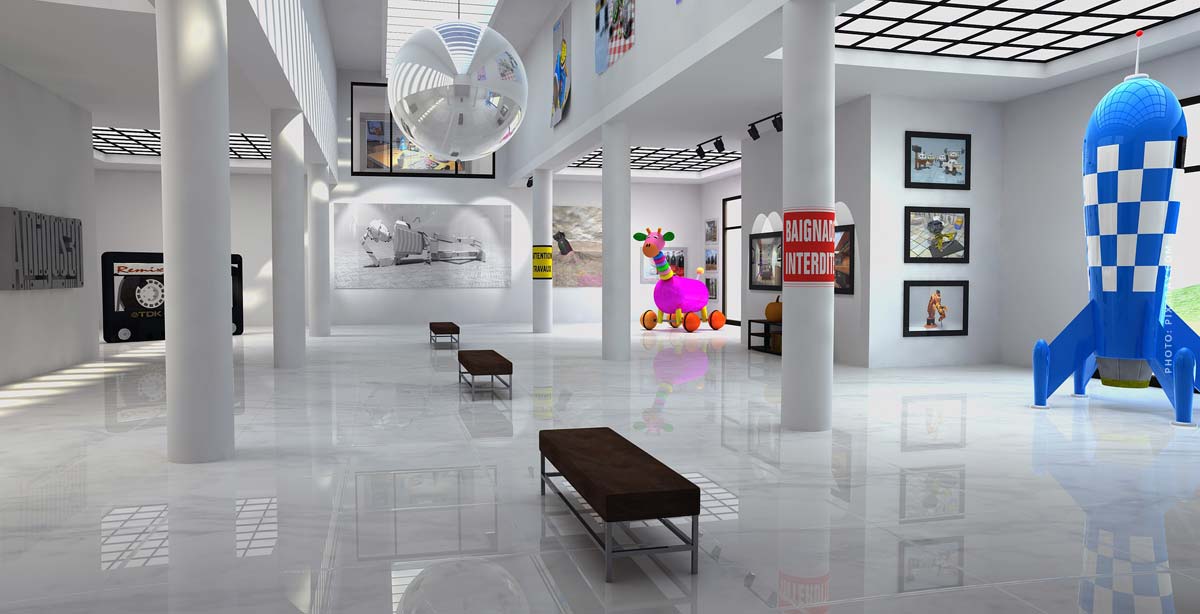
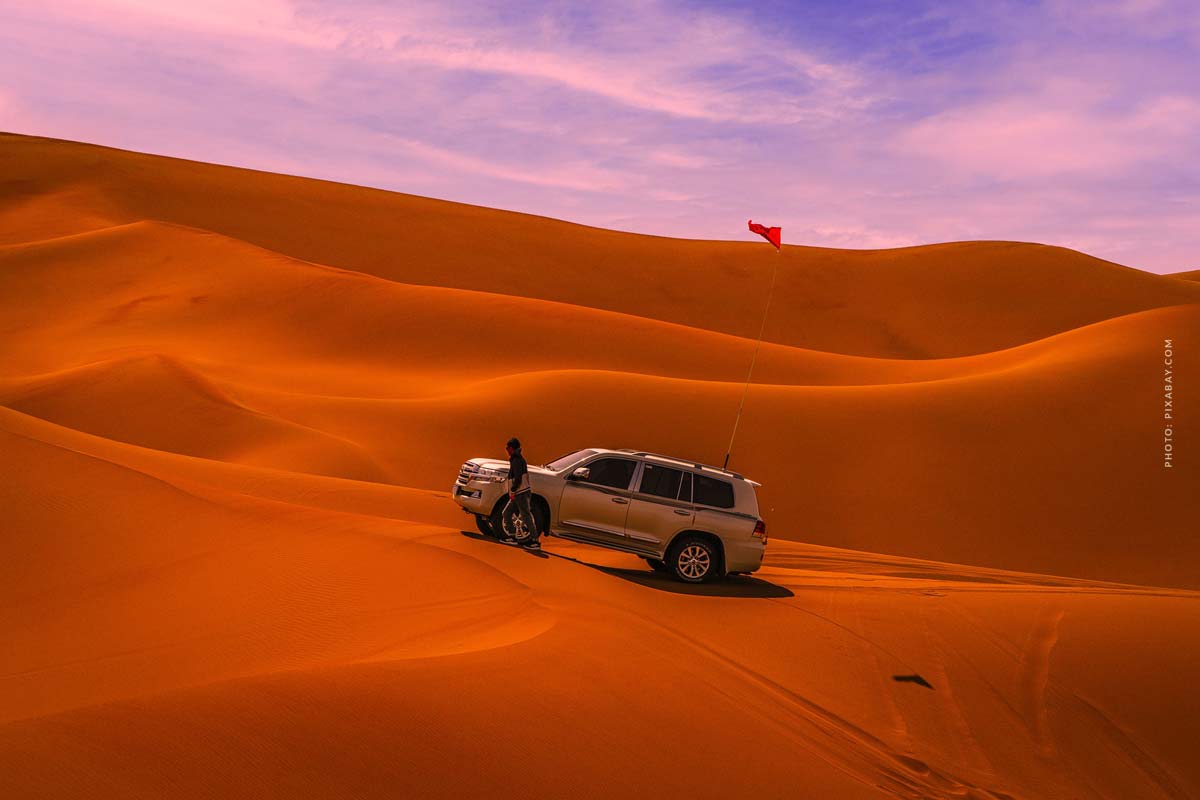


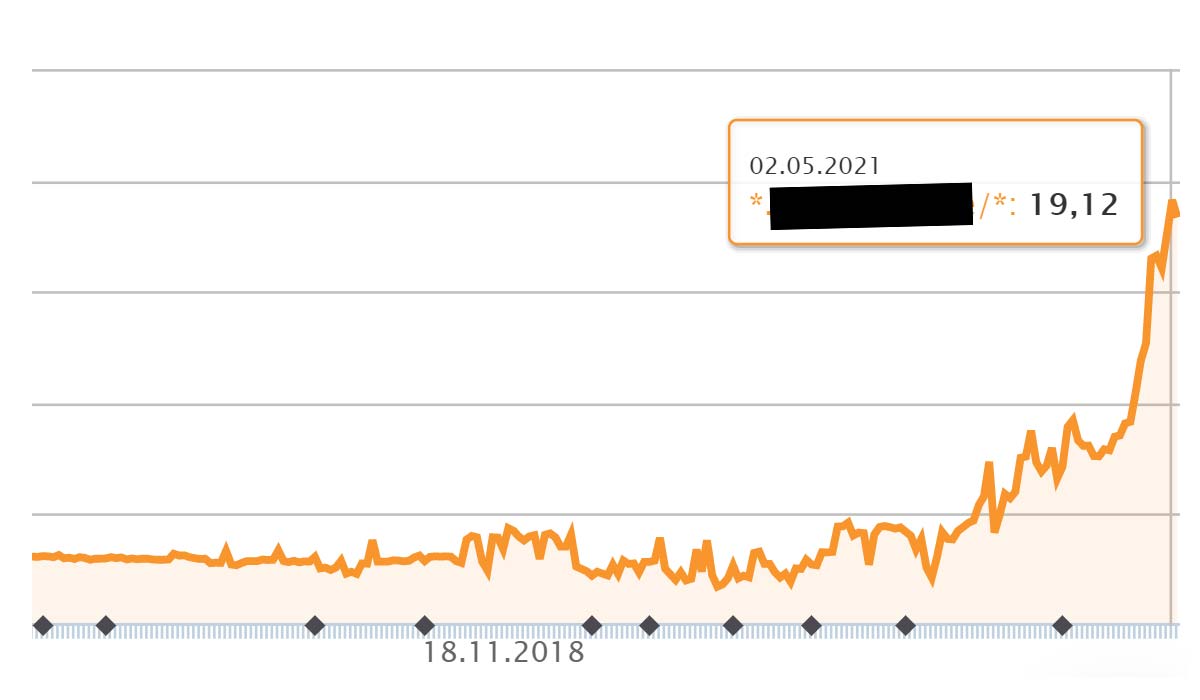
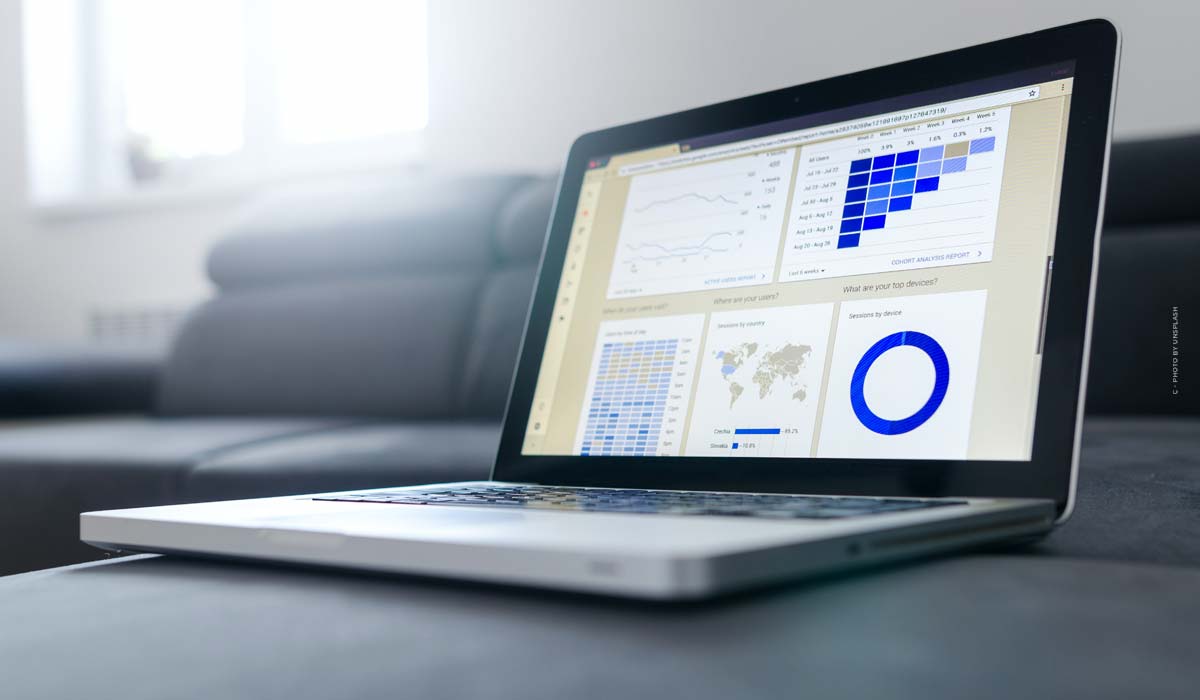
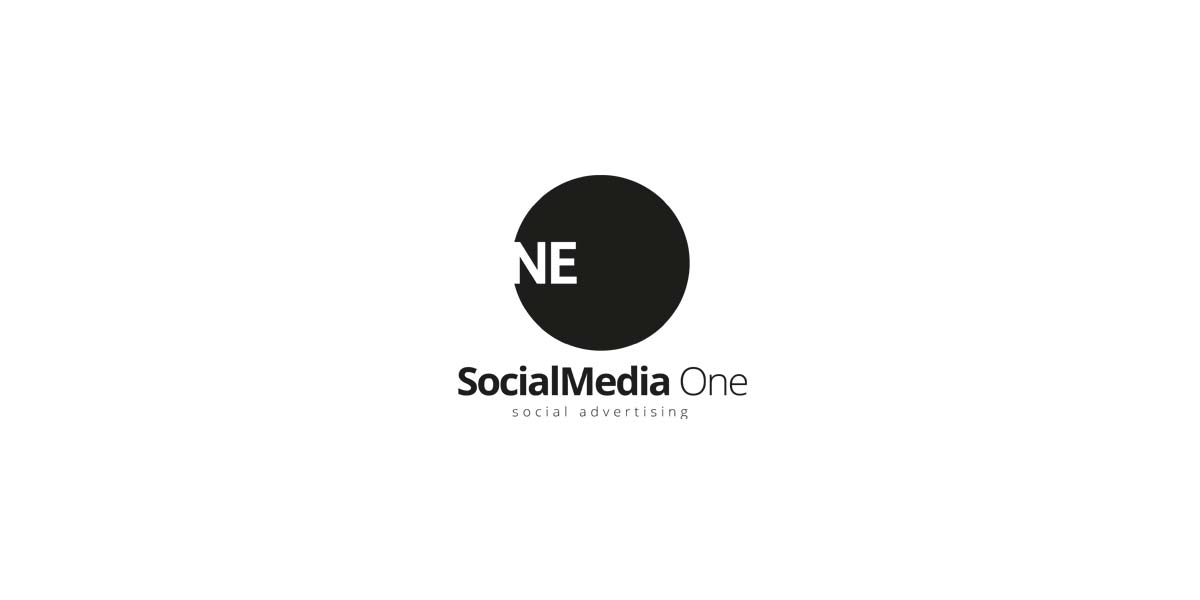
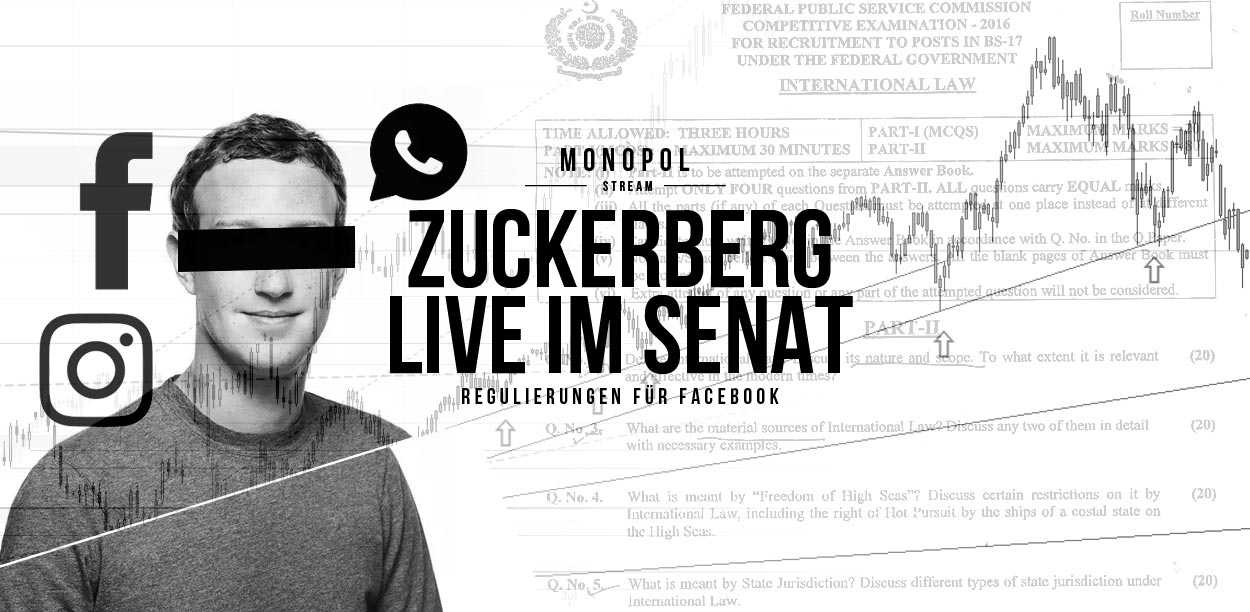
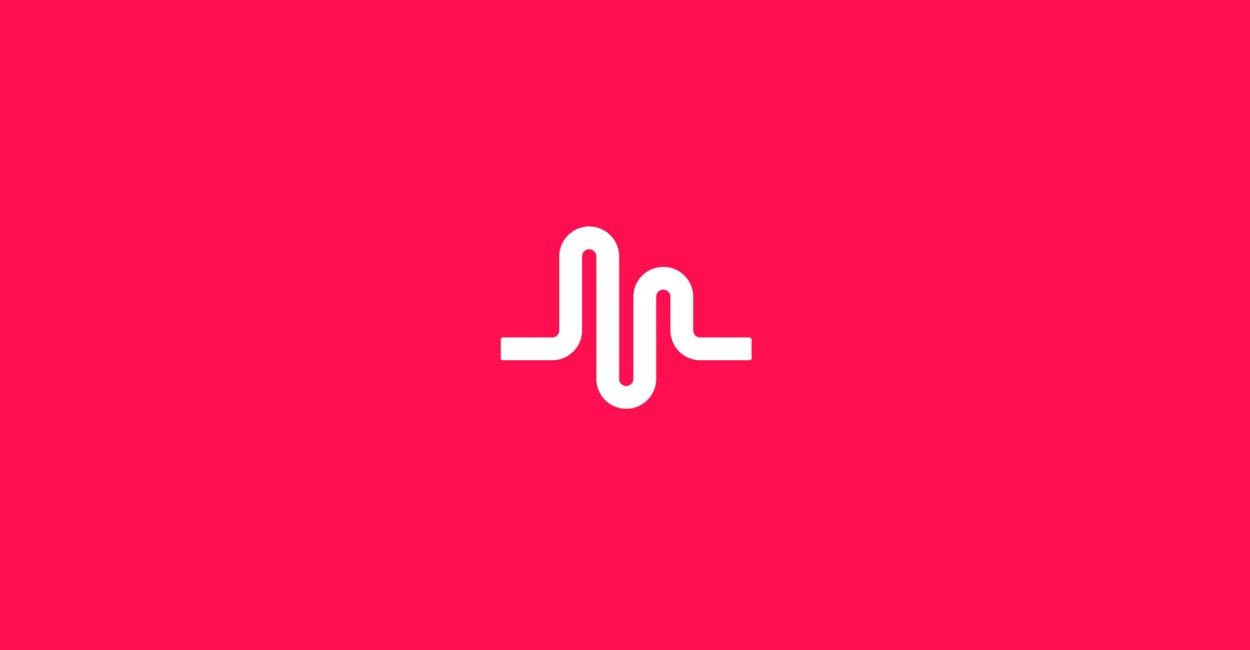
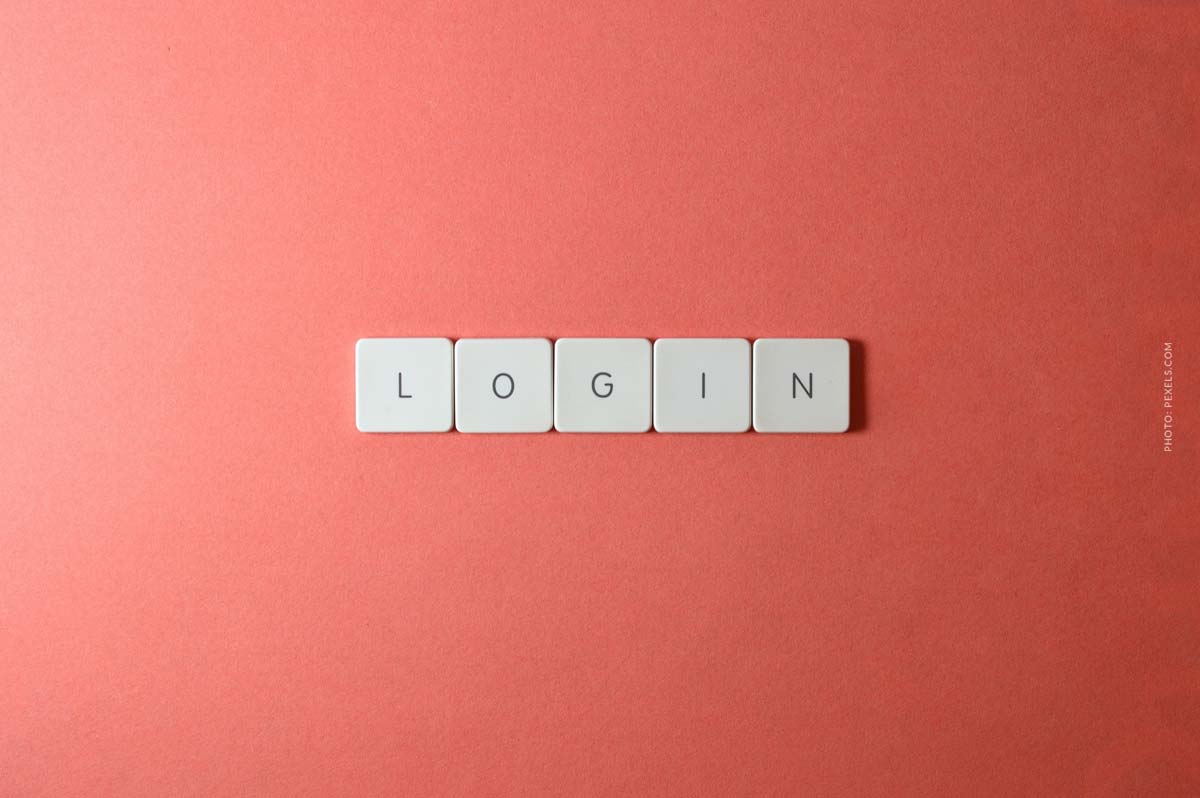
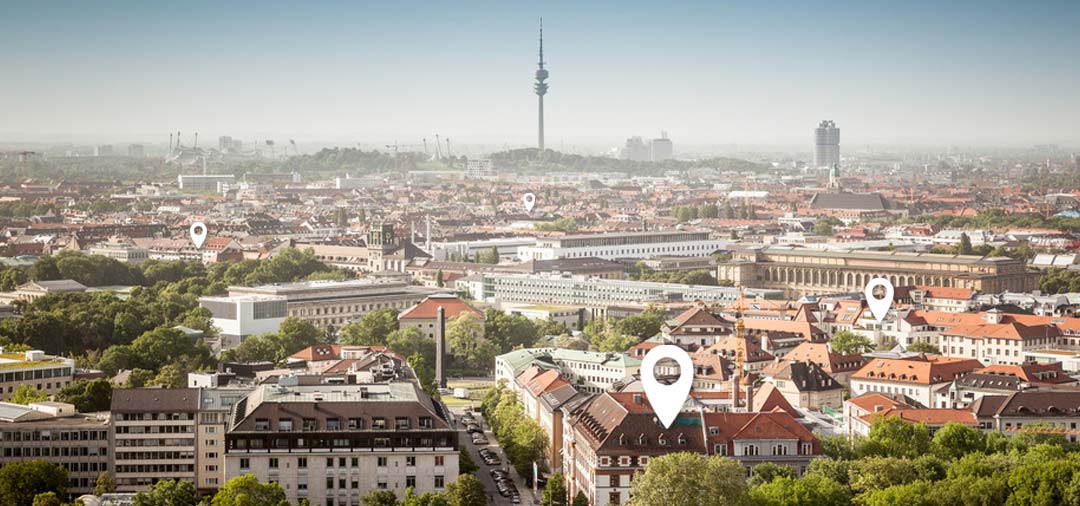
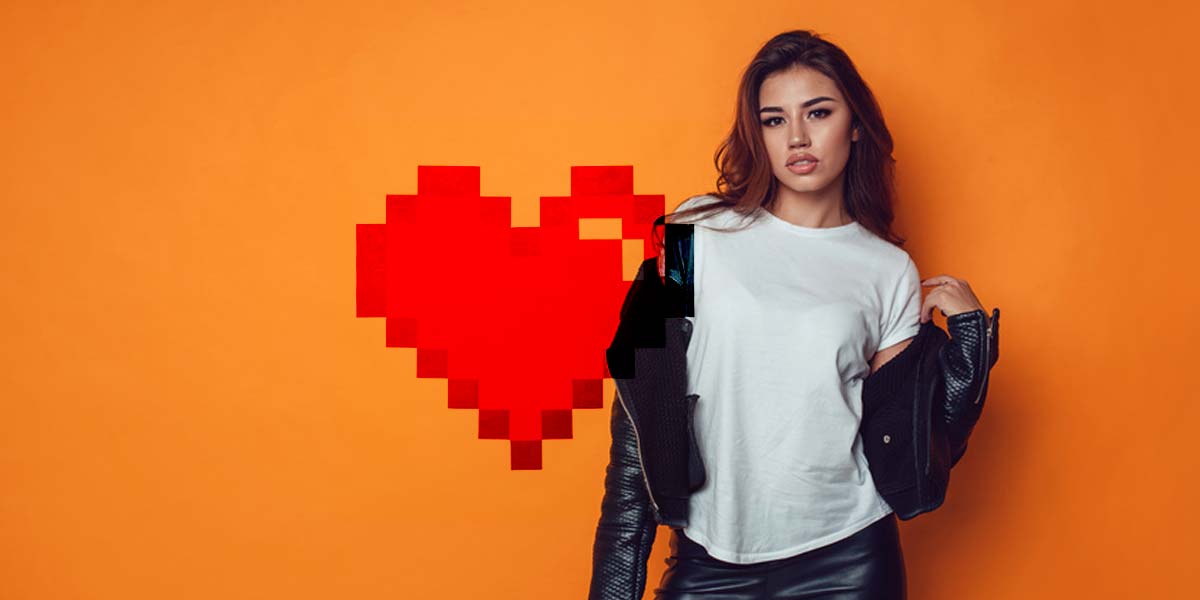

 4.9 / 5.0
4.9 / 5.0